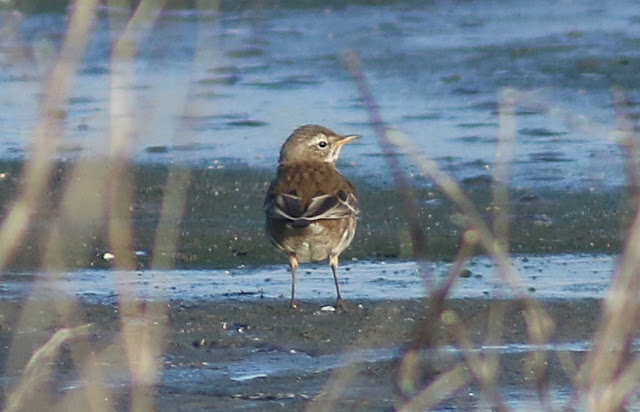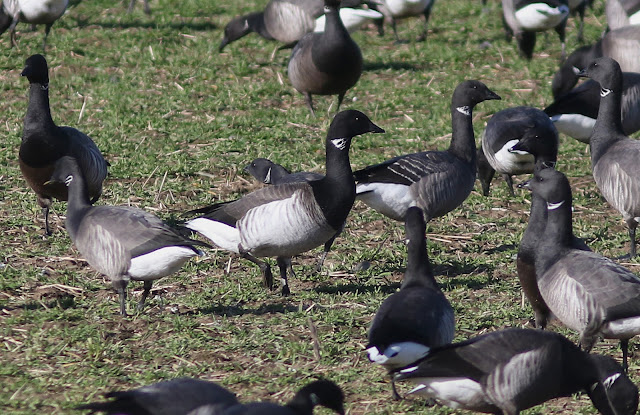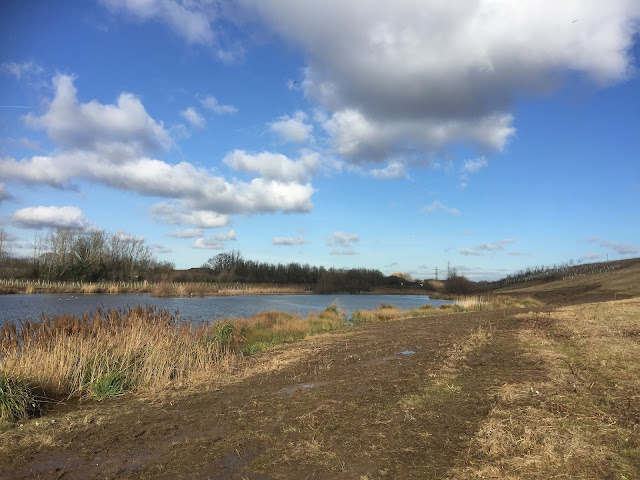This eerie period of warm weather continues- officially the hottest winter in British history. It started off as a Fool's Spring, turned into a double bluff Fool's Spring and has now turned into the End of Times.
This day last year the Beast of the East #1 had just started with the polar air mass being displaced across Europe and this year we have a the displacement of a Saharan air mass. I guess this is what is meant by climate chaos. Around the country council's are calling Climate Emergencies.
The influx of southern bird and invertebrate migrants continue across the country with moths like Levant Blackneck, Red Sword Grass, Small Mottled Willow, Dark Sword Grass, Diamond-backed Moth, Scarce Bordered Straw, Purple Marbled and Rush Veneer being recorded mainly across the South Coast, Vagrant Emperor Dragonflies recorded at various sites, a Large Tortoiseshell at Portland and a steady trickle of early spring bird migrants. Locally there has been a emergence of butterflies, with Steve Gale recording over 30 Brimstones on the North Downs today. In Beddington Park the first waterfowl chicks have hatched!
Despite my best efforts (with running two moth traps at the Obs window) I have been unable to catch a migrant moth yet and also despite another search of the Farmlands today with Frankie, still haven't found an early Spring bird migrant (having missed the Black Redstart on the weekend).
However we did have 6 Small Tortoiseshell, 3 Red Admiral and yesterday there were 3 Brimstone. I also had an unidentified dragonfly sp- probably a darter sp. The moth trap was just Common Quakers. The clear cold nights are probably not allowing migrants to get beyond the coasts so fingers crossed there might be more chance when the forecasted return to milder and cloudier conditions arrive tomorrow night.
Small Tortoiseshell feeding on Colt's Foot
Egyptian Goose young in Beddington Park
Common Quakers
Wigeon- just to remind us that it still actually winter, 3 Wigeon are still around
Even had Jacob helping out to find an early migrant
Weather conditions today with a Southerly airflow originating from North Africa.























































